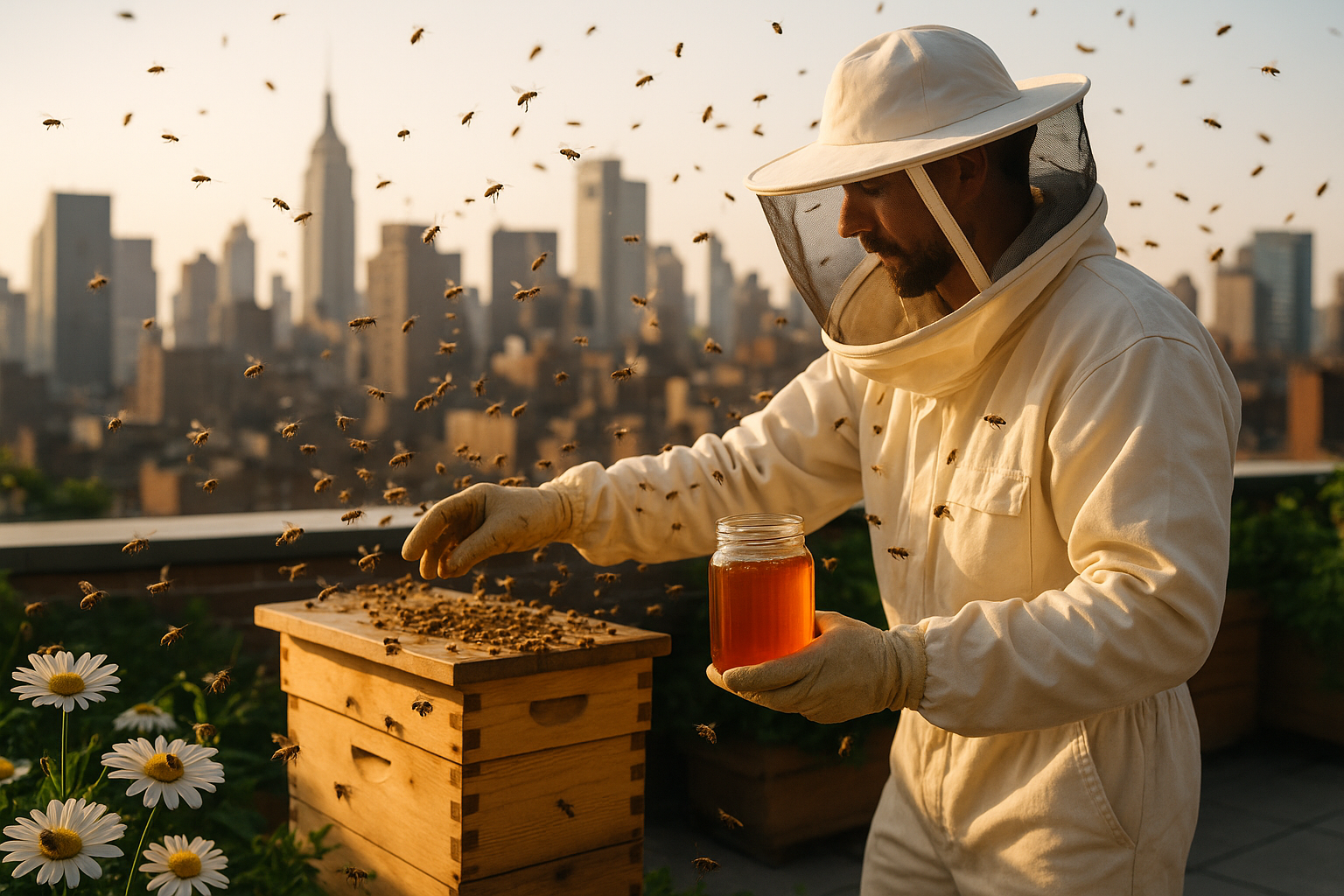Unveiling the Intricate World of Ant Farms
Introduction: Dive into the fascinating realm of ant farms, an unlikely pet choice that's gaining popularity. This miniature world is more than a simple pastime; it offers valuable insights into the complex, organized lives of these tiny creatures. Ant farms, also known as formicariums, trace their roots back to 1900 when French entomologist Charles Janet designed the first model. Initially, these creations were purely for scientific research, offering a unique window into ant colonies' intricate workings. Over the decades, they've evolved from laboratory tools to popular household pets, with Uncle Milton's Ant Farm, launched in 1956, popularizing the trend.

Why Ants? The Appeal of Owning an Ant Farm
Ants are some of nature’s most diligent workers, exhibiting complex social structures and communication methods. Observing an ant farm can be both relaxing and educational, offering insights into these creatures’ cooperative behavior and industrious nature, a microcosm of a structured, hardworking society. Plus, ant farms are low maintenance, making them an excellent choice for budding pet owners.
The Current Buzz: The Modern World of Ant Farms
Today’s ant farms have advanced significantly from their rudimentary ancestors. High-tech versions now feature LED lights, nutrient-rich gel, and 3D designs, enhancing visibility and sustainability. Some even integrate technology, allowing users to view ants under a microscope or track their movements via mobile apps. These advancements have sparked renewed interest in ant farms, with a surge in sales reported during recent lockdowns.
The Market Impact: Costs and Considerations of Ant Farm Ownership
The cost of owning an ant farm can vary greatly, depending primarily on the complexity of the setup. Basic models can start from around $20, while high-end, technologically advanced versions can reach several hundred dollars. Despite the upfront costs, the ongoing maintenance of an ant farm is relatively low, requiring only occasional feeding and hydration.
The Bigger Picture: Ant Farms and Their Educational Value
Beyond their appeal as pets, ant farms serve as valuable educational tools. Schools often use them to teach students about biology, ecology, and teamwork. Observing an ant farm can help children understand complex concepts like division of labor, resource allocation, and social hierarchy. Furthermore, they can instill a sense of responsibility and care for living creatures, vital qualities for young learners.
In conclusion, ant farms are more than just a quirky pet choice. They offer a captivating glimpse into a complex world that exists beneath our feet, promoting understanding and appreciation of these often-overlooked creatures. Whether you’re a nature enthusiast seeking a unique pet or a teacher looking for a dynamic educational tool, an ant farm could be a perfect choice.






